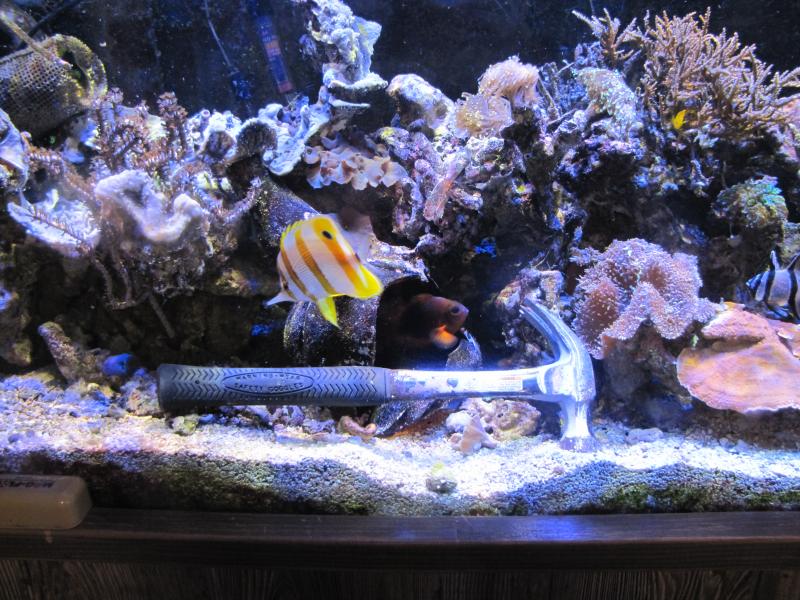So fellows ...
I've done some research on academic articles here and there to identify probable unwanted effects of iron in marine aquariums. I'm amazed!
The increase in the concentration of iron in our aquariums may be the answer to several inquiries about disasters in previously well-established tanks, especially with regard to infestation by harmful algae, cyanobacteria, dinoflagellates and some serious coral diseases such as RTN and STN, for its various metabolic implications, already recognized.
In some studies I read that iron availability is critical to the infectivity of some bacteria, especially Gram negative bacteria and more especially Vibrio vulnificus, a bacterium present on the surface of corals, not usually involved in infections, and that for some strange reason in one high-availability environment of iron multiplies more rapidly and becomes infectious, which may be one of the reasons why, in some assessments of the causes of STN, this bacterium appears to be "only present" and in others it seems to be an active part.
Below is an article on the "phase shifts" in Pacific black reefs, where increasing iron concentration from shipwrecks seems to be the factor involved:
Black reefs: iron-induced phase shifts on coral reefs
In this other article some references on the role of iron in the mechanism of coral infections and what the coral tries to do, to avoid this:
Physiological responses of the scleractinian coral Pocillopora damicornis to
bacterial stress from Vibrio coralliilyticus
Regards
I've done some research on academic articles here and there to identify probable unwanted effects of iron in marine aquariums. I'm amazed!
The increase in the concentration of iron in our aquariums may be the answer to several inquiries about disasters in previously well-established tanks, especially with regard to infestation by harmful algae, cyanobacteria, dinoflagellates and some serious coral diseases such as RTN and STN, for its various metabolic implications, already recognized.
In some studies I read that iron availability is critical to the infectivity of some bacteria, especially Gram negative bacteria and more especially Vibrio vulnificus, a bacterium present on the surface of corals, not usually involved in infections, and that for some strange reason in one high-availability environment of iron multiplies more rapidly and becomes infectious, which may be one of the reasons why, in some assessments of the causes of STN, this bacterium appears to be "only present" and in others it seems to be an active part.
Below is an article on the "phase shifts" in Pacific black reefs, where increasing iron concentration from shipwrecks seems to be the factor involved:
Black reefs: iron-induced phase shifts on coral reefs
In this other article some references on the role of iron in the mechanism of coral infections and what the coral tries to do, to avoid this:
Physiological responses of the scleractinian coral Pocillopora damicornis to
bacterial stress from Vibrio coralliilyticus
Regards
Last edited:




















